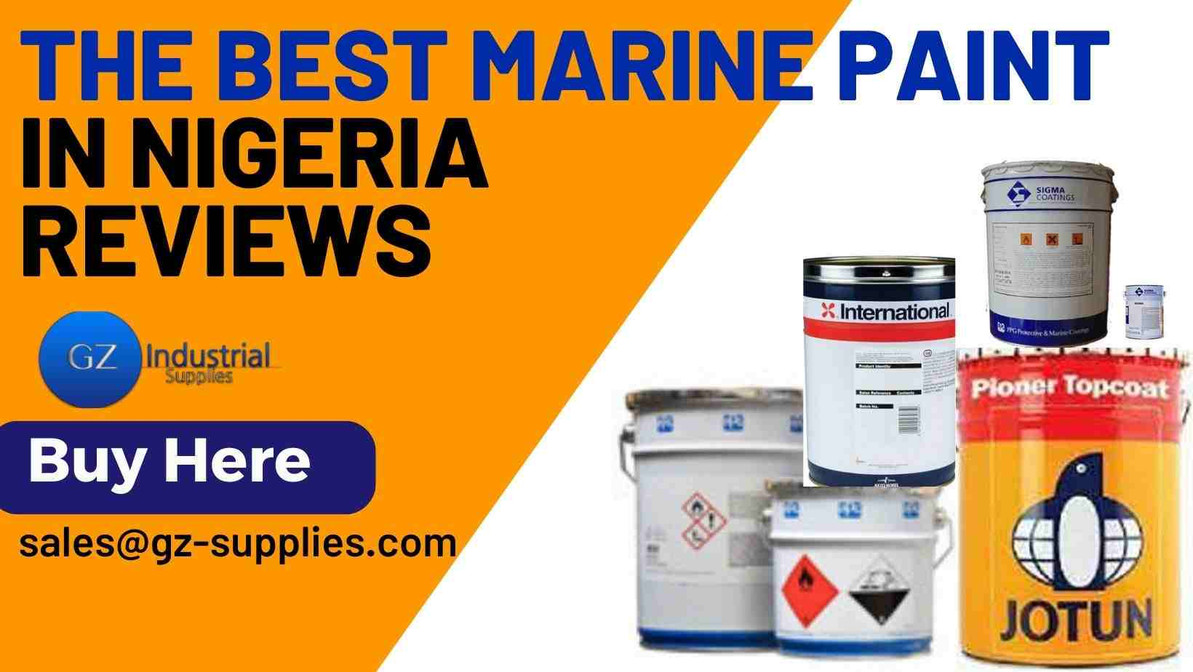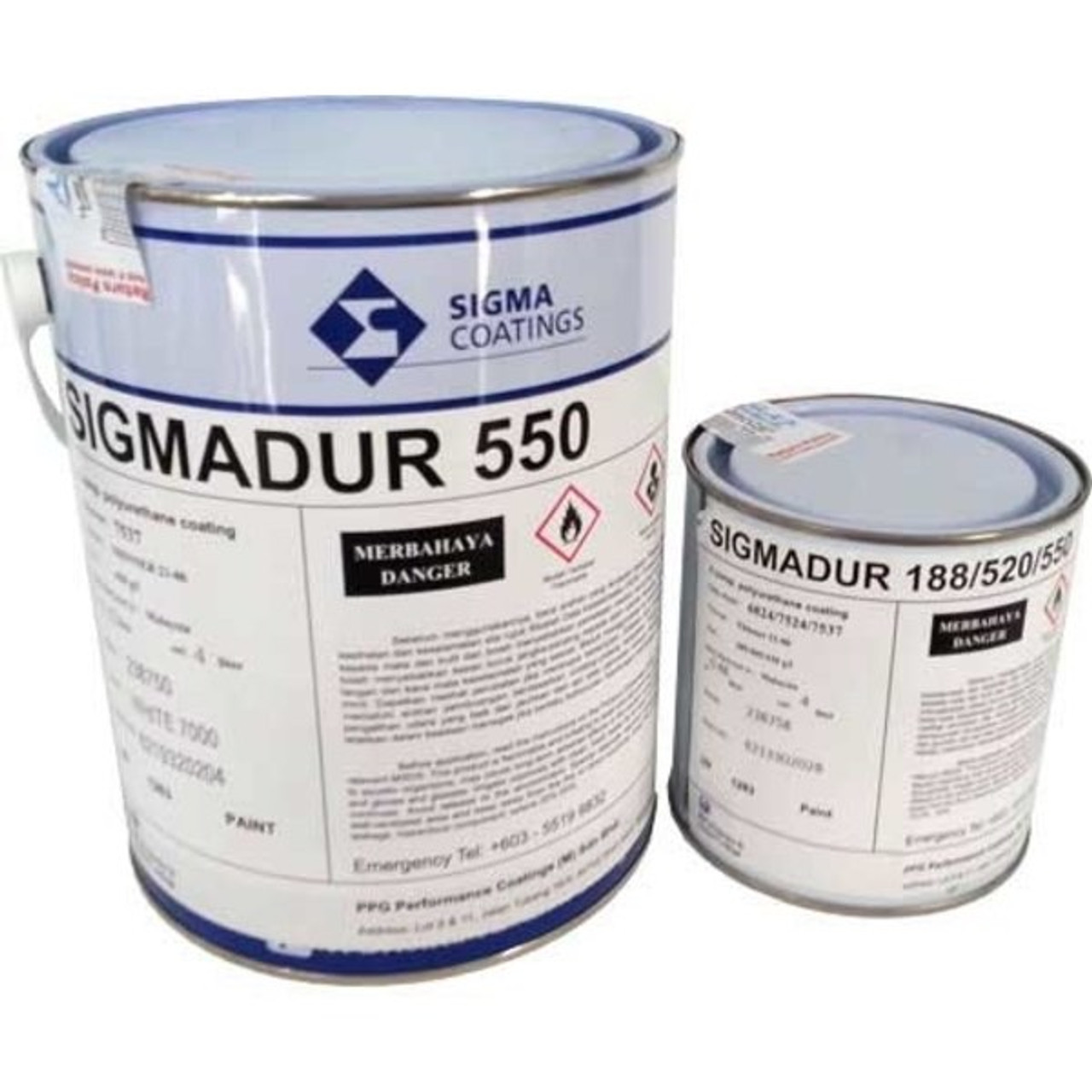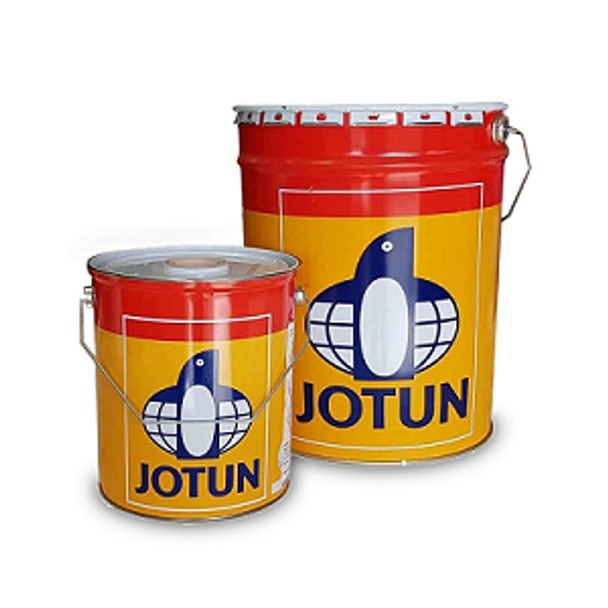The Best Marine Paint in Nigeria 2024 Reviews
Marine paints and coatings are used in commercial and military ships (for both salt and freshwater), fixed and floating marine structures such as offshore oil rigs, and recreational boats and yachts. Some of them are passenger ships, freighters, tankers, container ships, fishing boats and ferries, as well as oil rigs, inland waterway ships, barges, and tow boats. Marine paints and coatings are essential for protecting and preserving the surfaces of various marine vessels and structures. These include commercial and military ships, offshore oil rigs, and recreational boats. Marine paints are specifically designed to withstand harsh marine environments and prevent damage from saltwater, UV rays, and marine organisms. This review will guide you through the best marine paint brands available in Nigeria, including Jotun, Epocoat, Sigmadur, and International paint. They are designed with particular functionality properties to best protect and preserve the surfaces to which they are applied. Specific areas of marine vessels and yachts require specially formulated marine coatings for use above and below the waterline. For instance, anti-fouling coatings which protect surfaces from fouling are highly engineered and subject to intense regulation.
Importance of Marine Paint
High-quality marine paint plays a crucial role in ensuring the longevity and performance of marine vessels. It acts as a protective barrier against metal corrosion in corrosive saltwater environments, helps maintain fuel efficiency by preventing the growth of marine organisms on the hull, and provides durability and resistance to diverse weather conditions. Moreover, compliance with regulatory standards and ease of maintenance are key factors in selecting top-tier marine paint.
Overview of Marine Paint Types
- Anti-Fouling Coatings: These are specially formulated to protect surfaces from fouling by marine organisms.
- Protective Coatings: Designed to safeguard against corrosion and environmental damage.
- Topside Paints: Used above the waterline for aesthetic and protective purposes.
- Epoxy Coatings: Known for their excellent adhesion and resistance to water and chemicals.
- Polyurethane Coatings: Valued for their durability, UV resistance, and glossy finish.
Top Marine Paint Brands in Nigeria
Our expert have put together quality marine paint brands such as Jotun, Sigmadur, and International paint to help you know the concise and correct information on which paints to use on your vessel. High-quality marine paint is of paramount importance for vessels due to its multifaceted role in ensuring longevity and optimal performance. Operating in corrosive saltwater environments, vessels are susceptible to metal corrosion, making the protective barrier provided by marine paint crucial for extending their lifespan. Additionally, the incorporation of antifouling agents in the paint prevents the growth of marine organisms on the hull, preserving fuel efficiency and overall performance. The durability and weather resistance of the paint are essential factors, as vessels are exposed to diverse weather conditions. Smooth hull surfaces, facilitated by high-quality paint, contribute to reduced drag and improved fuel efficiency. Compliance with regulatory standards, resistance to chemicals, and easy maintenance further underscore the significance of using top-tier marine paint. Lastly, the aesthetic appeal of well-maintained paint not only enhances the vessel's overall image but also contributes to its operational efficiency and safety.
Paint is described as any coloured substance which is spread over a surface and dries to leave a thin decorative or protective coating, it is commonly used to protect, colour or provide texture to objects. It is made mostly in liquid form but can be dried into solid forms. Now, there are different kinds of paint for different uses. This review covers the best marine coatings used in Nigeria.
The main objective article is to assist you as you shop for the right paint for your marine needs. Follow the guide and save your marine structure from further damages.
1. Sigmadur 550
Sigmadur 550 Sigma Marine paint is a two-component, aliphatic acrylic polyurethane finish. The product is glossy and comes in white and other colors. It is resistant to UV rays and if you prefer excellent gloss retention and sturdiness of polyurethane; this is an outstanding choice to make.
CHARACTERISTICS OF SIGMADUR 550 MARINE PAINT
- Unlimited re-coatable
- Excellent resistance to atmospheric exposure conditions
- Excellent color and gloss retention
- Non-chalking, non-yellowing
- Cures at temperatures down to -5°C (23°F)
- Resistant to splash of mineral and vegetable oils, paraffins, aliphatic petroleum products and mild chemicals
- Can be recoated even after long atmospheric exposure
- Good application properties
Pros
- Available in many different topside colors for you to pick from
- Can offer radiant shine and easy to brush
- No sweat to apply and capable of producing lasting gel coat-like radiance
- Comes with UV filters to improve gloss retention even more
- Can guarantee solid and durable polyurethane
Cons
- A little messy
- Color seems inaccurate
- Actually requires more coats than what was advertised
2. Sigmacover 456 Sigma Marine paint
Sigmacover 456 Sigma Marine paint is two-component, high-build, polyamide-cured recoatable epoxy coating. It functions primarily as an intermediate or Midcoat.
This product color and gloss level is standard and customer colors and semi-gloss.
Please note that Epoxy coatings will characteristically fade when exposed to light (Unlike Polyurethane).
Characteristics of Sigmacover 456 Sigma Marine Paint.
- General-purpose epoxy buildcoat or finish in protective coating systems, for steel and concrete structures exposed to atmospheric land or marine conditions
- Easy application, both by airless spray and brush
- Cures even at temperatures down to -10°C (14°F)
- A high relative humidity (maximum 95%) during application and curing does not influence the quality of the coating
- Good adhesion on most aged, sound alkyd, chlorinated rubber and epoxy coatings
- Can be recoated with various two-component and conventional coatings, even after long weathering periods
- Resistant to water and splash of mild chemicals
- Excellent corrosion resistance
- Tough, with long-term flexibility, color and gloss level
RECOMMENDED SUBSTRATE CONDITIONS AND TEMPERATURES
Substrate conditions
Substrate temperature
- Substrate temperature during application and curing down to -10°C (14°F) is acceptable; provided the substrate is free from ice and dry
- Substrate temperature during application and curing should be at least 3°C (5°F) above dew point
INSTRUCTIONS FOR USE
- Mixing ratio by volume: base to hardener 82:18
- Adding too much thinner results in reduced sag resistance
- The temperature of the mixed base and hardener should be above 10°C (50°F), otherwise extra thinner may be required toobtain application viscosity
- Thinner should be added after mixing the components
Pros
- Cures even at lower degrees (less than Zero)
- Ease of application (airless spray, brush, roller)
- Good adhesive properties
- Excellent corrosion resistance
Cons
- Fades when exposed to Ultraviolet rays
- May not last if mixing ratio is not strictly adhered to
3. Jotun Marine Paint Jotamastic 80 Standard
Jotun Marine paint, Jotamastic 80 is a two-pack epoxy mastic paint, which can be applied at low film thicknesses. Jotamastic 80 is recommended as an anti-corrosive coating for steel above and below water. The aluminium or aluminium red-toned colour should be used below the waterline.
Jotamastic 80 is very surface tolerant, so it can be used with good results in areas where high standards of preparation are not possible. For best results apply two coats above the waterline and three coats below the waterline at a typical spreading rate of 8 sq.metres per litre.
Use Jotamastic 80 Standard when painting at temperatures above 10°C and Jotamastic 80 Wintergrade when painting at temperatures below 10°C.
For a two-pack topcoat above the waterline, use either Penguard Topcoat or the Hardtop range of paints. For a single pack topcoat, use either Pioner Topcoat or Conseal Touch-Up.kw2q
Pack size is 4.6 Litres or 18.3 Litres including hardener.
Product Characteristics
- Surface tolerant
- Great value for money!
- Use aluminium versions below the waterline
Pros
- Good anticorrosive quality
- Thickness
Cons
- May sag if not done properly
4. Jotun marine paint jotun hardtop clear AS
Hardtop AS is a two-pack polyurethane topcoat that provides a high gloss finish with excellent weather resistance and very good gloss and colour retention - better than most other generic types of topcoat. Hardtop AS is ideal for use over an epoxy based primer (see the Jotamastic and Penguard range).
It is resistant to a number of solvents and various chemicals, has good application properties and cures at relatively low temperatures. It is available in virtually any colour, it is very durable, performing extremely well in an aggressive marine environment. For best results this product should be applied using conventional air spray. Thin with our special slow evaporation polyurethane thinner.
Application method
- Brush, roller, conventional air spray or high pressure airless spray
- Number of recommended coat is 2
- Coverage : 10 m² per litre
- Drying time at 23°C: 5 hours
- Curing time at 23°C: 5 days
- Pot life at 23°C: 4 hours
- Thinner: Jotun Thinners No. 10 or SML Polyurethane Thinner
Pros
- Very good water resistance
- Excellent Chemical Resistance
- Very good Solvent resistance
- Very good color and gloss retention
Cons
- Produces irritating odor when applying
5. Sigmaguard 720 Marine paint
PG SigmaGuard 720 is a two component reinforced high solids polyamide adduct cured epoxy coating designed for coating tanks in light green or white and when dry has a surface that can easily be cleaned and maintained.
Best Uses of Sigmaguard 720 marine paint
PPG SigmaGuard 720 (Amercoat 90S) is best used for providing a highly protective and decorative protective coating to tanks. SigmaGuard 720 offers excellent resistance to a wide range of chemicals as well as weathering. This product is highly recommended and offers recognised corrosion control.
Applications of Sigmaguard 720 Marine paint
PPG SigmaGuard 720 is easy to apply at low temperatures but dries quicker in warmer conditions. Apply 720 using air or airless spray for easy application and a smooth finish that dries to touch after just 3 hours at 20 degrees celsius.
Surface and Environment
PPG SigmaGuard 720 is primarily a tank coating that can be applied to steel substrates and offers excellent corrosion resistance to prevent cargo users from expensive repairs.
Characteristics
- PPG SigmaGuard 720 a two component reinforced high solids polyamide adduct cured epoxy coating
- Tank coating with good chemical resistance against a wide range of chemicals
- Short curing periods
- Recognized corrosion control coating (Lloyd's register), see sheet 1886
- Overcoating interval min. 8 hours, max. 28 days.
Pros
- Good low temperature curing
- Easy to clean
- Touch dry after 7 - 8 hours at 5 degrees C, 5 - 6 hours at 10 degrees C, 2 - 3 hours at 20 degrees C.
- Theoretical spreading rate 6.2 m2 per litre at 125 microns
Cons
- May sag if not done properly
FAQs
- What is the difference between anti-fouling and anti-corrosion marine paint?
- Answer: Anti-fouling paint prevents the growth of marine organisms on the hull, while anti-corrosion paint protects the metal surfaces from rust and corrosion.
- How often should I repaint my boat with marine paint?
- Answer: It depends on the type of paint and usage conditions. Generally, anti-fouling paints need to be reapplied every 1-2 years, while anti-corrosion paints can last longer, around 3-5 years.
- Can I apply marine paint myself, or do I need a professional?
- Answer: While it's possible to apply marine paint yourself, it requires proper preparation and application techniques. For best results, especially for larger vessels, hiring a professional is recommended.
- Is there a specific temperature range for applying marine paint?
- Answer: Yes, most marine paints have specific temperature ranges for application. For example, some epoxies can cure at low temperatures, while polyurethanes might require warmer conditions.
- What are the environmental regulations for marine paint?
- Answer: Marine paints must comply with environmental regulations that control the release of volatile organic compounds (VOCs) and biocides to minimize environmental impact.
- How can I ensure the best adhesion of marine paint to my vessel?
- Answer: Proper surface preparation is crucial. This includes cleaning, sanding, and priming the surface to ensure the paint adheres properly and provides long-lasting protection.
- Can marine paint be used on other surfaces like wood or fiberglass?
- Answer: Yes, many marine paints are formulated to adhere to various surfaces, including wood and fiberglass, in addition to metal. Always check the manufacturer's specifications for compatibility.
Protect your marine structures with the best anti-corrosion marine paints in Nigeria. Take advantage of the best prices and expert advice from GZ Industrial Supplies. Visit gz-supplies.com or email us at sales@gz-supplies.com to get the right marine paint for your needs. Don't miss out on ensuring the longevity and performance of your vessels with top-tier marine coatings.
By following this guide, you can make informed decisions and protect your marine structures from the harsh marine environment, ensuring longevity and optimal performance.
Read also
What is Marine paint used for?
Contact us today for more information, enquiries and procurement of the Best marine coating in Nigeria.
Recent Posts
-
Why Serious Mechanics Are Switching to Japanese-Made Shinano Air Tools
Japanese-Made Shinano Air Tools Key takeaway: Shinano’s tight-tolerance, twin-hammer designs d …Apr 24, 2025 -
Top 10 Hand Tool Brands for Professionals
Introduction When it comes to professional hand tools, quality, durability, and reliability are para …Apr 23, 2025 -
HOW DOES CORROSION INHIBITOR WORK
Introduction Corrosion has posed a lot of problems to various companies and industries; by interfer …Apr 22, 2025








